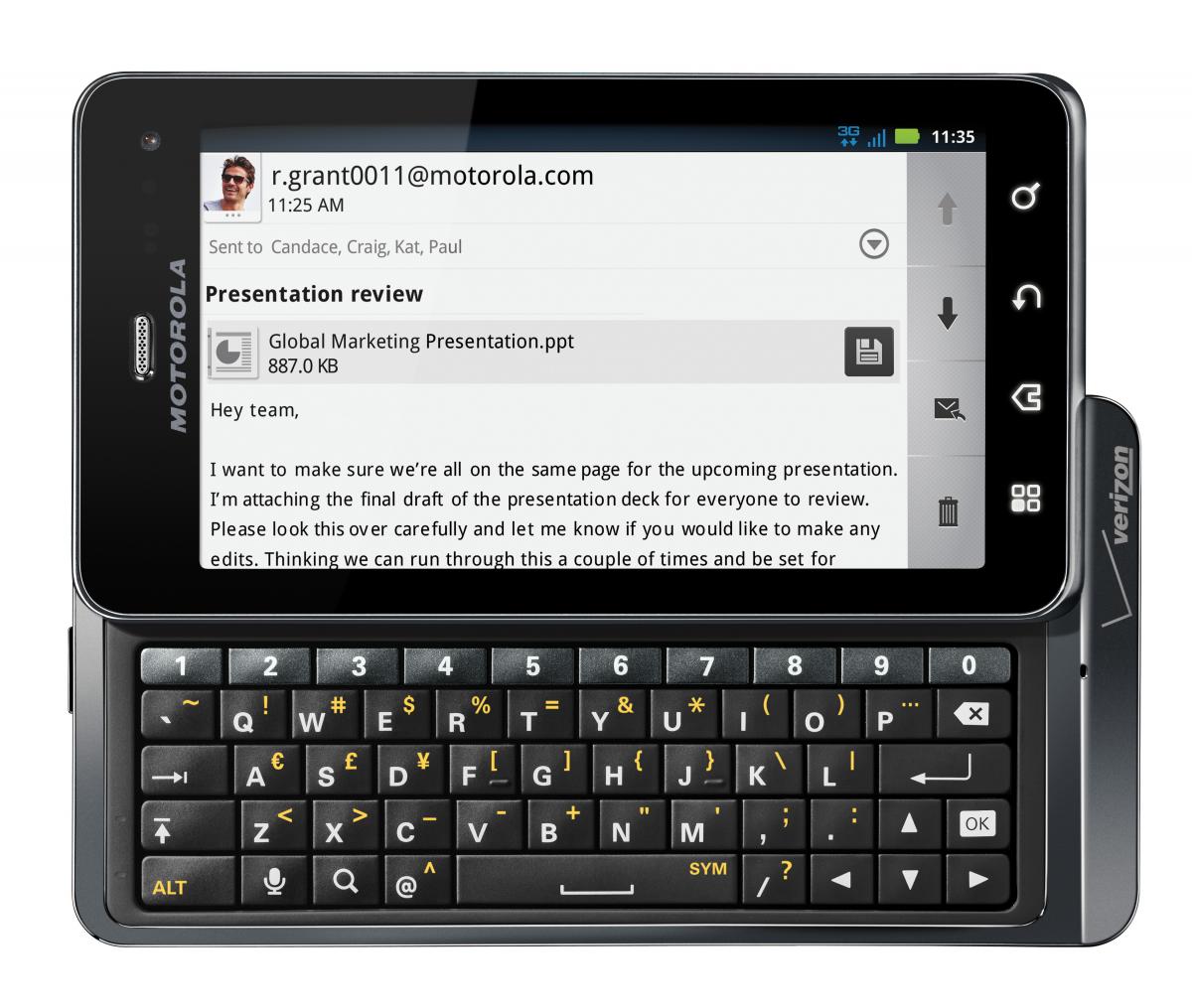
Keyboards
Before you say it, no I am not a BlackBerry fanboy. Case in point – I would love a phone similar to the Motorola Droid 3. As much as I love swiping my texts and believe one-handed writing is superior to thumbing an email, there are times when the accuracy of on-screen keyboards just don’t cut it.
If unexpectedly high BlackBerry Priv preorders have proved anything, it’s that there is a market for those tactile buttons, even if there may not be much of a market for the BlackBerry OS. It’s time phone makers took the tool seriously again.
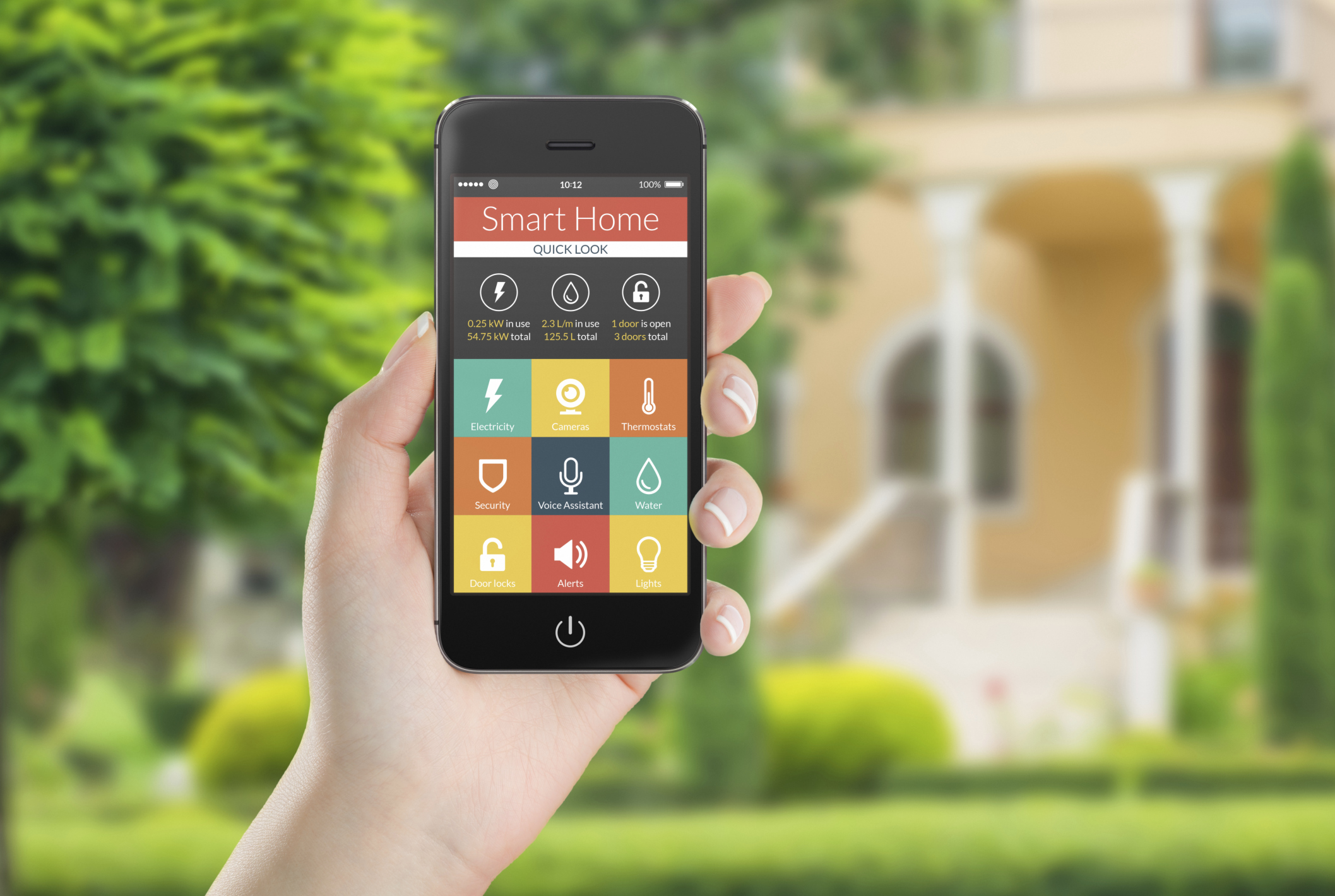
Smarthome integration
IoT, at least in the consumer space, is slowly catching on, and we expect 2016 to be a defining year. Yet so far, the majority of devices, which range from useful such as Google’s Nest smart thermostat to bizarre, like an internet-connected toothbrush, are segmented, each with their own proprietary app that must be installed and monitored on a smartphone.
Next year, we hope to see integration between various devices into one open source API-based smarthome control centre, one that can add or remove third-party devices as needed. Imagine coming home and having one app to set not only your preferred temperature, but also start playing your favourite music.
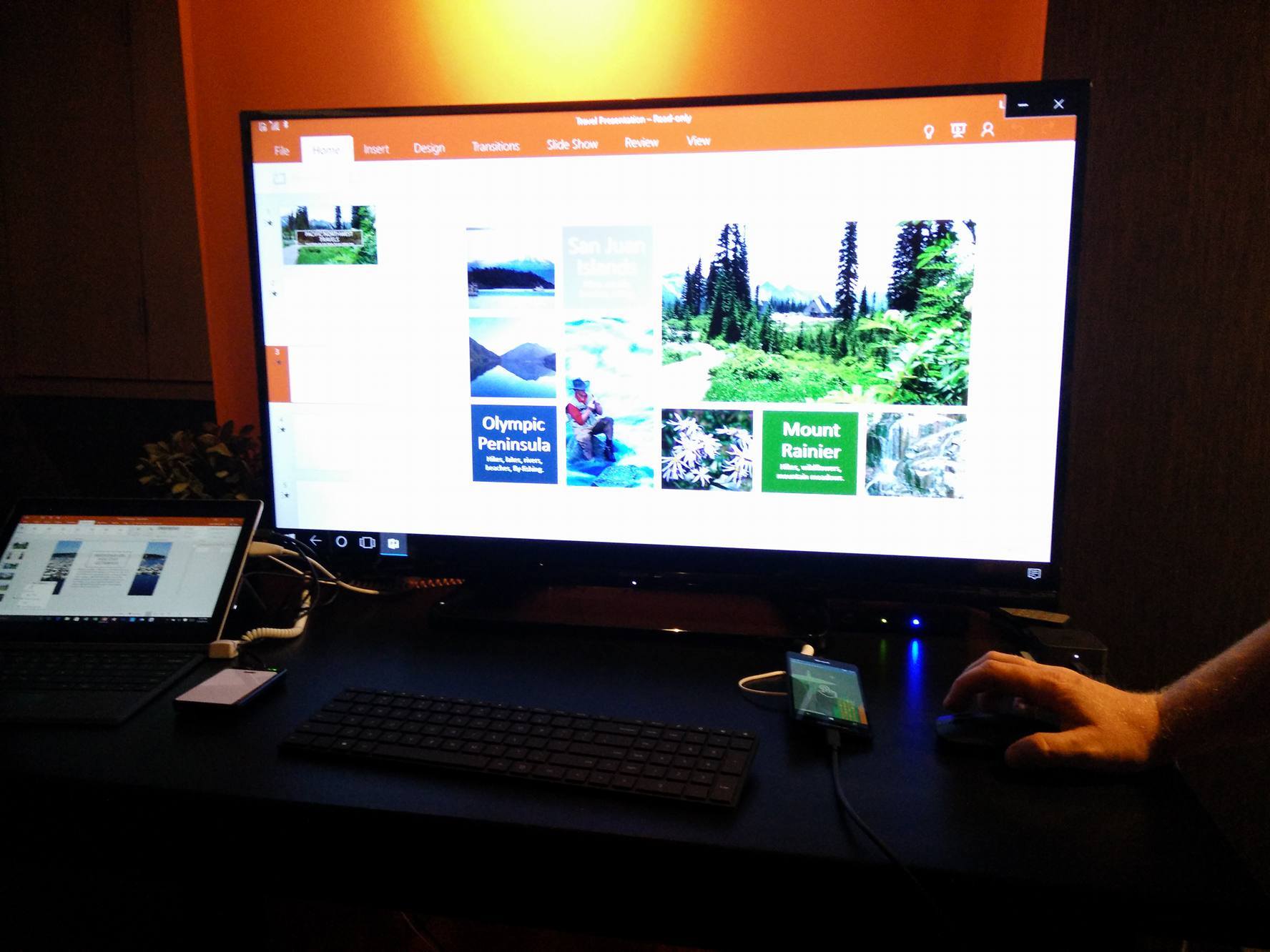
Laptop replacements
Imagine arriving at the office or at home, yet instead of opening up a laptop or gaming console, you simply plug in your smartphone to a monitor.
Sound incredible? This type of technology already exists. Extending a phone’s processing power into a desktop experience was first seriously explored by the folks over at Canonical, who attempted to bring Ubuntu to mid-range Android phones. While their efforts have yet to take off, Microsoft has done it, albeit quietly, with their new Windows 10 devices. On the Lumia 950, Office and online applications seemed to run smoothly when plugged into an HD monitor.
The cable setup in the photo is slightly clumsy, but it’s easy to imagine a more elegant docking system allowing for one device to replace those at home and at work. If smartphones continue to become more powerful (and one would argue the vast majority are good enough for current usage), we should ask ourselves to what end.
Security, security, security
While the encryption prospects of BlackBerry and Blackphone devices are impressive, why, in the age of hacks, are they unique? Why is privacy on a mobile device associated with only the enterprise? Why is every phone not built from the ground up with security in mind?
In 2016, we would like to see more companies add security to their spec sheet along the same lines as RAM, a processor, and internal storage. Security and encryption should not be associated with two niche brands since, as gadget lovers may know, reducing the number of vulnerable devices out there improves security for everyone.
What are your thoughts? Leave us your comments below.
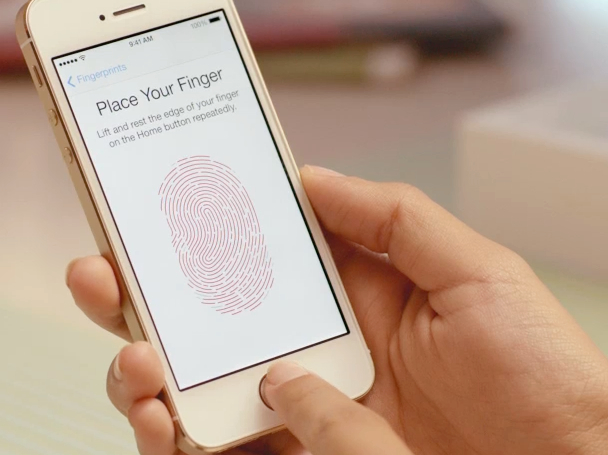
2015 was a good year for smartphone fans. We saw a number of innovations take hold on the platform. These included phablet-sized devices, curved screen edges, fingerprint scanners, 4K video, double-tap and gesture to wake, the emergence of USB Type-C and more.
Nevertheless, smartphone makers continued to release largely identical bricks, with Samsung, Apple and perhaps BlackBerry, being the few that bucked the trend.
While some lesser-used features have become staples (when was the last time any of us used 4K video anyway?), others, such as all-day battery life continue to remain elusive outside of high-end devices.
Here is what, in 2016, smartphones need to do differently.
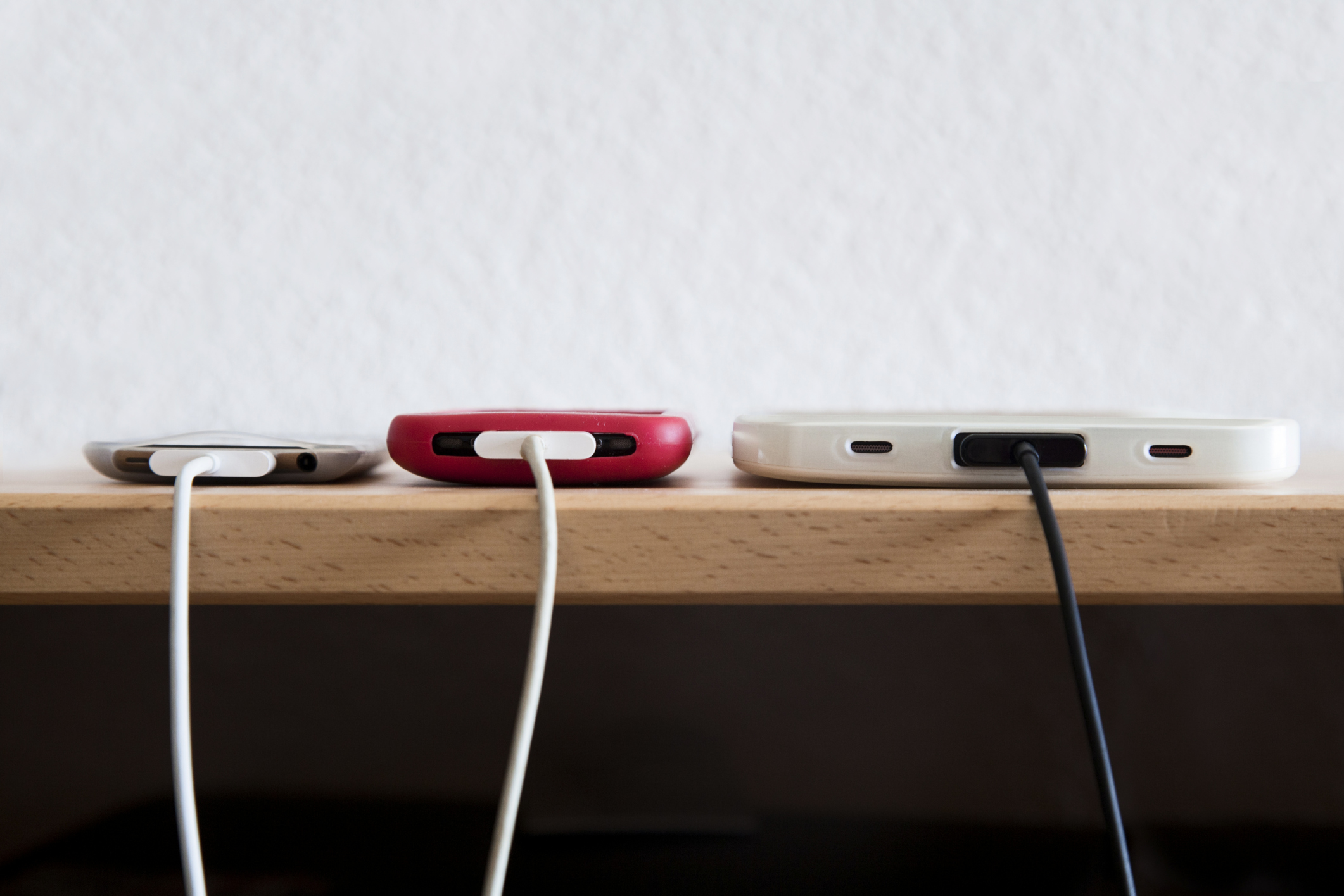
Battery, battery, battery
It feels ridiculous to say that, in 2016, we expect devices to last a guaranteed full day of medium to heavy usage. Gone must be the days where users must conserve their productivity or leisure in order to make it on one charge, and for that, phones should have batteries with capacities of at least 3000 mAh.
Companies that prioritized thinner phones over battery life have it backwards – ask a consumer whether they prefer being able to use their phone as much as they want or have a marginally thinner device. The answer is obvious.
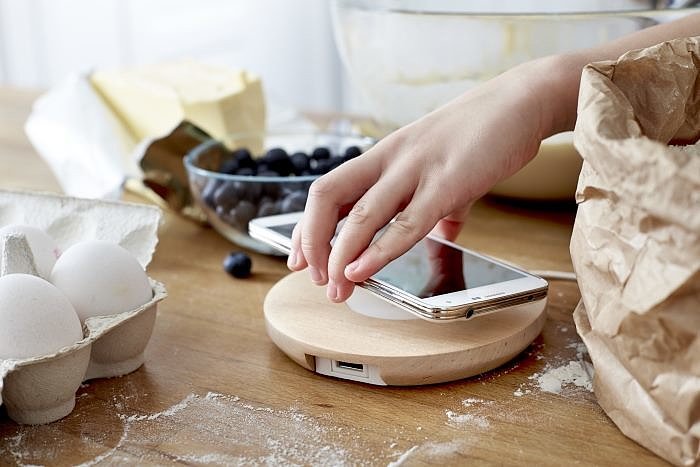
Faster, convenient charging
In the same vein, it’s mind-boggling that fast charging and wireless charging – which can be added to most devices these days with a pad and receiver for less than $50 combined – is still a premium feature. Granted, there was uncertainty whether phone cases, used by the vast majority of smartphone owners would hamper wireless charging, but as this video demonstrates, they generally do not. Companies simply need to get together to standardize and test rather than say it is incompatible out of legal reasons.
With even outside players like Ikea and Intel now driving the wireless charging trend, and USB Type-C also enabling faster power transfer, we would like to see both technologies available as a matter of course in 2016.
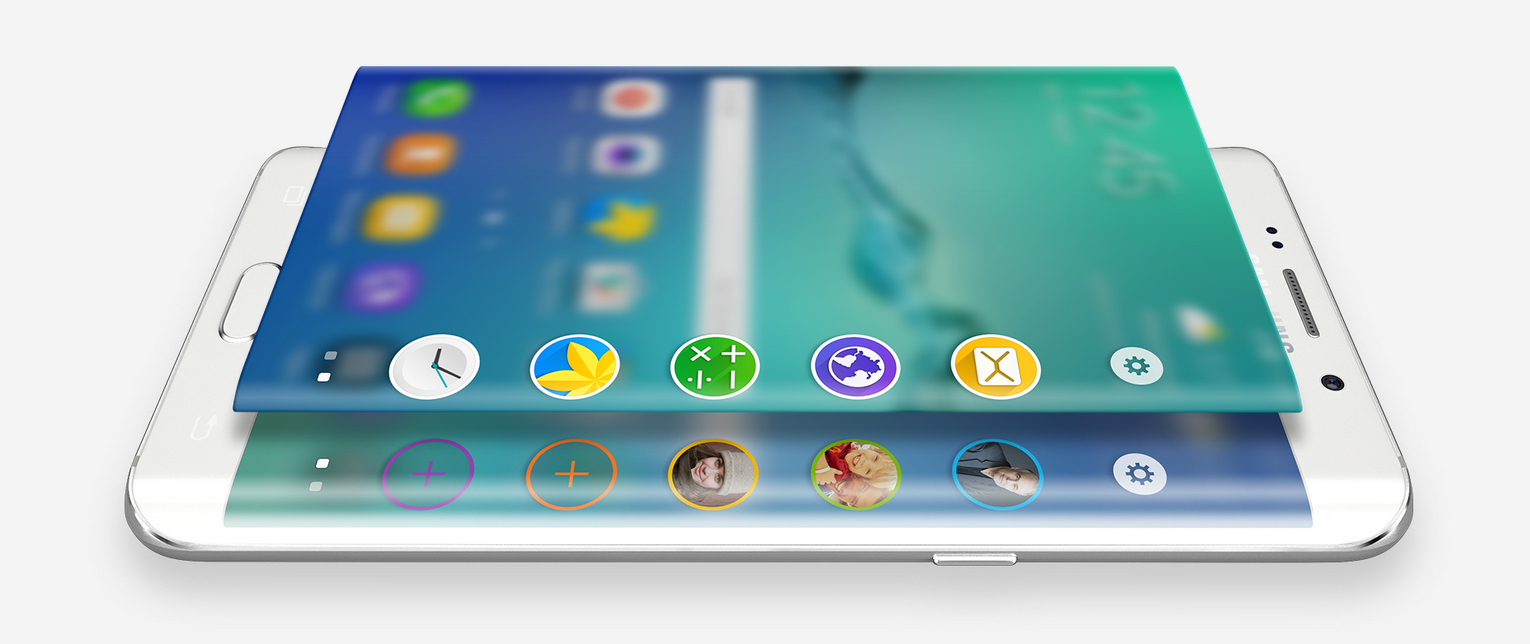
A different screen
In 2015, we hit QHD screens on phones, namely the Moto X Style, LG G4 and Nexus 6P. Now consider this: 1366 x 768 is still the largest share of computer monitor resolutions in the world at 15 per cent, with 1920 x 1080 a distant second at 9 per cent. Does it make sense for smartphones to go any higher besides QHD, or 3840×2160 pixels?
In 2016, besides seeing all phones catch up to the 1080p standard, we would like to see different screens. Samsung, with its Edge curved form factor, is on the right track by offering something non-conventional. Other phone makers are experimenting with minimizing bezels, and even bringing autostereoscopic 3D (glasses-free 3D) back to a phone. This feature was last seen on the HTC EVO 3D and LG Thrill 4G, both of which came out before modern specs that would really take advantage of the technology.
Is it a gimmick? Perhaps. But it’s one that has proved successful by the Nintendo 3DS. And after all, smartphones are as much about fun as they are about work.

Keyboards
Before you say it, no I am not a BlackBerry fanboy. Case in point – I would love a phone similar to the Motorola Droid 3. As much as I love swiping my texts and believe one-handed writing is superior to thumbing an email, there are times when the accuracy of on-screen keyboards just don’t cut it.
If unexpectedly high BlackBerry Priv preorders have proved anything, it’s that there is a market for those tactile buttons, even if there may not be much of a market for the BlackBerry OS. It’s time phone makers took the tool seriously again.

Smarthome integration
IoT, at least in the consumer space, is slowly catching on, and we expect 2016 to be a defining year. Yet so far, the majority of devices, which range from useful such as Google’s Nest smart thermostat to bizarre, like an internet-connected toothbrush, are segmented, each with their own proprietary app that must be installed and monitored on a smartphone.
Next year, we hope to see integration between various devices into one open source API-based smarthome control centre, one that can add or remove third-party devices as needed. Imagine coming home and having one app to set not only your preferred temperature, but also start playing your favourite music.

Laptop replacements
Imagine arriving at the office or at home, yet instead of opening up a laptop or gaming console, you simply plug in your smartphone to a monitor.
Sound incredible? This type of technology already exists. Extending a phone’s processing power into a desktop experience was first seriously explored by the folks over at Canonical, who attempted to bring Ubuntu to mid-range Android phones. While their efforts have yet to take off, Microsoft has done it, albeit quietly, with their new Windows 10 devices. On the Lumia 950, Office and online applications seemed to run smoothly when plugged into an HD monitor.
The cable setup in the photo is slightly clumsy, but it’s easy to imagine a more elegant docking system allowing for one device to replace those at home and at work. If smartphones continue to become more powerful (and one would argue the vast majority are good enough for current usage), we should ask ourselves to what end.
Security, security, security
While the encryption prospects of BlackBerry and Blackphone devices are impressive, why, in the age of hacks, are they unique? Why is privacy on a mobile device associated with only the enterprise? Why is every phone not built from the ground up with security in mind?
In 2016, we would like to see more companies add security to their spec sheet along the same lines as RAM, a processor, and internal storage. Security and encryption should not be associated with two niche brands since, as gadget lovers may know, reducing the number of vulnerable devices out there improves security for everyone.
What are your thoughts? Leave us your comments below.

2015 was a good year for smartphone fans. We saw a number of innovations take hold on the platform. These included phablet-sized devices, curved screen edges, fingerprint scanners, 4K video, double-tap and gesture to wake, the emergence of USB Type-C and more.
Nevertheless, smartphone makers continued to release largely identical bricks, with Samsung, Apple and perhaps BlackBerry, being the few that bucked the trend.
While some lesser-used features have become staples (when was the last time any of us used 4K video anyway?), others, such as all-day battery life continue to remain elusive outside of high-end devices.
Here is what, in 2016, smartphones need to do differently.

Battery, battery, battery
It feels ridiculous to say that, in 2016, we expect devices to last a guaranteed full day of medium to heavy usage. Gone must be the days where users must conserve their productivity or leisure in order to make it on one charge, and for that, phones should have batteries with capacities of at least 3000 mAh.
Companies that prioritized thinner phones over battery life have it backwards – ask a consumer whether they prefer being able to use their phone as much as they want or have a marginally thinner device. The answer is obvious.

Faster, convenient charging
In the same vein, it’s mind-boggling that fast charging and wireless charging – which can be added to most devices these days with a pad and receiver for less than $50 combined – is still a premium feature. Granted, there was uncertainty whether phone cases, used by the vast majority of smartphone owners would hamper wireless charging, but as this video demonstrates, they generally do not. Companies simply need to get together to standardize and test rather than say it is incompatible out of legal reasons.
With even outside players like Ikea and Intel now driving the wireless charging trend, and USB Type-C also enabling faster power transfer, we would like to see both technologies available as a matter of course in 2016.

A different screen
In 2015, we hit QHD screens on phones, namely the Moto X Style, LG G4 and Nexus 6P. Now consider this: 1366 x 768 is still the largest share of computer monitor resolutions in the world at 15 per cent, with 1920 x 1080 a distant second at 9 per cent. Does it make sense for smartphones to go any higher besides QHD, or 3840×2160 pixels?
In 2016, besides seeing all phones catch up to the 1080p standard, we would like to see different screens. Samsung, with its Edge curved form factor, is on the right track by offering something non-conventional. Other phone makers are experimenting with minimizing bezels, and even bringing autostereoscopic 3D (glasses-free 3D) back to a phone. This feature was last seen on the HTC EVO 3D and LG Thrill 4G, both of which came out before modern specs that would really take advantage of the technology.
Is it a gimmick? Perhaps. But it’s one that has proved successful by the Nintendo 3DS. And after all, smartphones are as much about fun as they are about work.



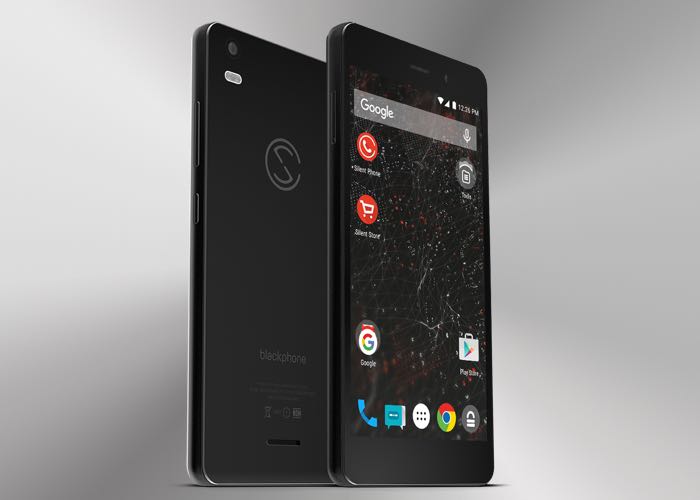

If you want the keyboard, you should take an Ubuntu based phone and you will be able to connect a real Keyboard, real screen and real mouse to your phone